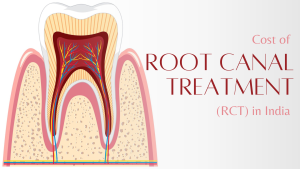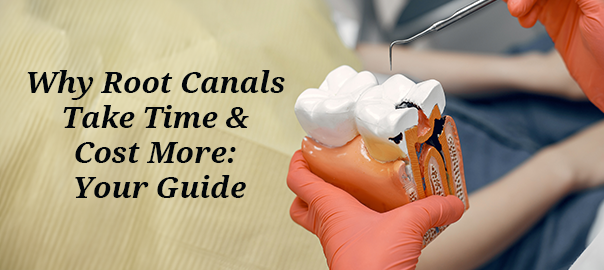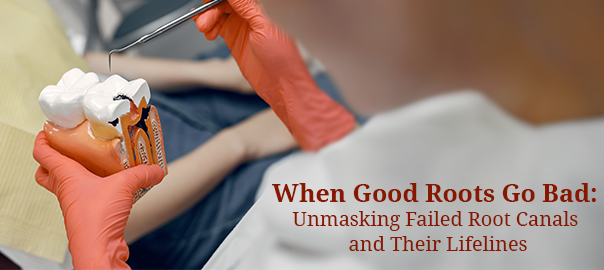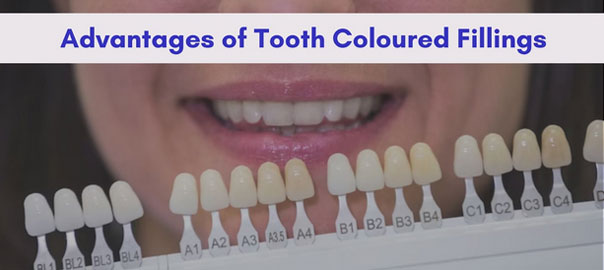
Root Canal Procedure: Causes, Symptoms, Prevention
Every tooth has a pulp that is made up of blood vessels and several nerves. When this pulp gets infected, it triggers pain and swelling around the teeth. The root canal is a dental treatment performed to repair and save such decayed and infected teeth.
Many people delay their root canal treatment citing unawareness about its causes, symptoms, and prevention. This is what our today’s blog post is all about. Keep reading on as we outline all the essentials of a root canal treatment for you.
Read more: https://clovedental.in/blog/debunking-10-popular-myths-root-canal/
Habits that lead to the need for Root Canal
- Poor dental hygiene – Not brushing and flossing twice a day can trigger plaque accumulation. The prolonged issue can lead to tooth decay.
- Chewing tobacco and smoking – People who chew tobacco or smoke are making their teeth vulnerable to decay and infections. When the infection spreads to the tooth pulp, they might undergo a root canal treatment procedure.
- Injury – At times, tooth injuries can break or chip teeth. Excess damage can lead to the need for a root canal.
Symptoms of Tooth Decay
- Excruciating pain while biting or chewing
- Sensitivity to cold and hot food items
- Gums’ discolouration
- Painful or swollen gums
- Discolouration of the tooth
Tips to Prevent a Root Canal
- Brush your teeth twice a day and floss them once a day before going to the bed
- Routine dental checkups will help in identifying any probable dental issue
- Use a fluoride rinse and fluoride toothpaste for best protection
- Experts recommend getting your teeth professionally clean once a year
- Limit the intake of refined carbohydrates and sugar-rick food items
Must Read: https://clovedental.in/blog/6-facts-cant-afford-miss-root-canal-treatment/
What to Expect in a Root Canal Procedure?
- The root canal dentist will first take an X-ray of your teeth to understand their current condition. It will also show any signs of decay or infection in the adjacent tooth bones.
- The dentist will then administer local anesthesia to numb the entire area. A rubber dam is placed around the teeth to keep the area clean and dry.
- The decayed, infected pulp is then drilled out with the help of dental access. Afterward, the area is cleaned with root canal files. Sodium hypochlorite is then sprayed to flush away the stuck debris.
- The dentist will seal the tooth once it is thoroughly cleaned. The tooth will be under observation for a week to check for any re-infection and pain.
- If everything goes fine, the dentist will fill a dental sealer paste in the tooth and seal it permanently. Finally, the dentist will place a dental crown on the restored tooth to protect it from breaking and further damage.
Read More: https://clovedental.in/blog/dental-myths-busted/
Bottom Line
A root canal is a crucial dental procedure to save and restore a natural tooth. Make sure you give ample time to your tooth to recover completely. Consult the root canal dentist at your nearest Clove clinic to get the most advanced treatment at the earliest. Delaying further can aggravate the issue and can lead to permanent tooth loss.
Leave a Reply
Leave a Reply
POPULAR POST





















